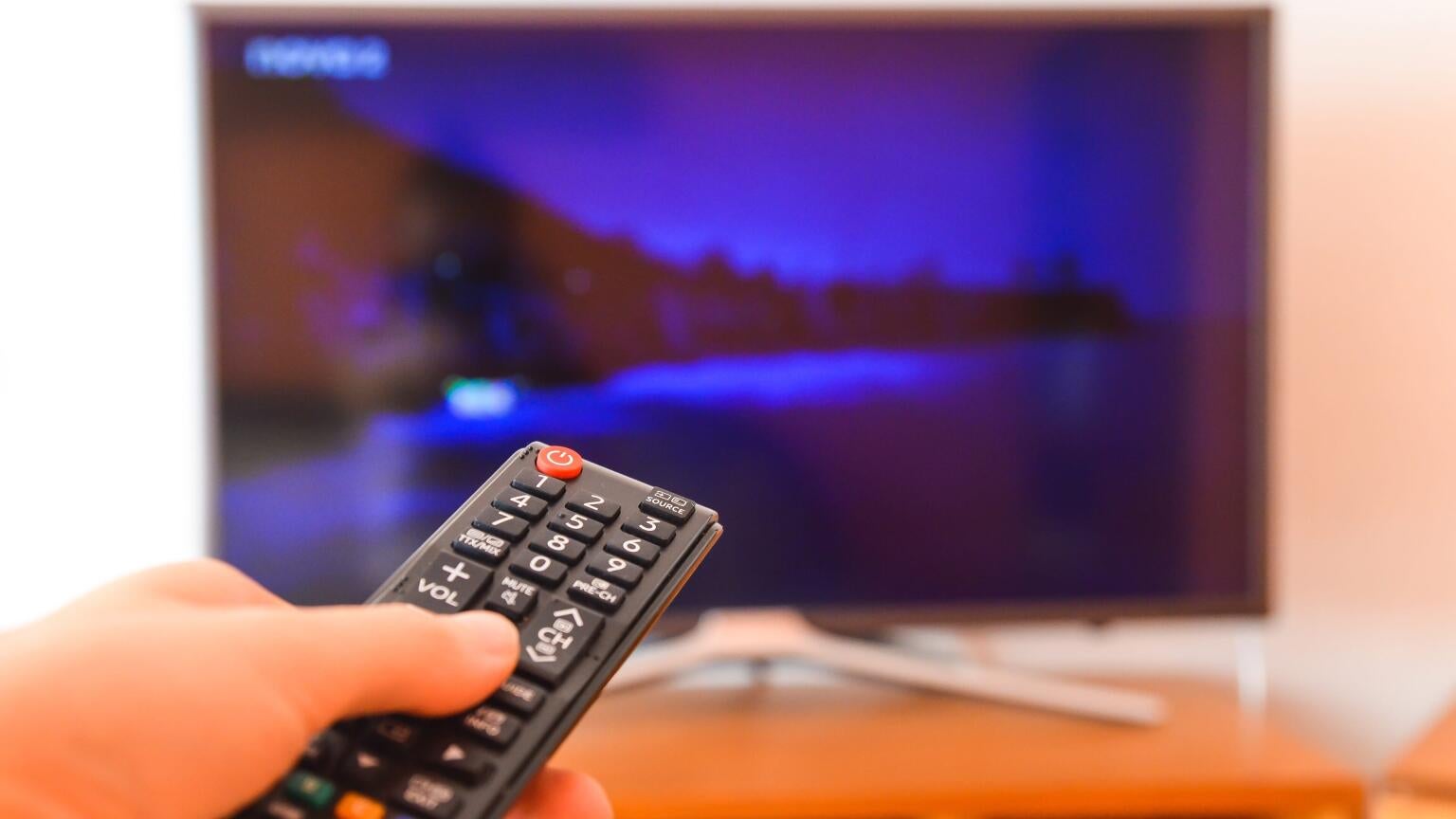
The streaming landscape is definitely changing. The latest Disney earnings report suggests combat for digital subscribers is cooling off as streaming services begin to hunker down with ad-supported video-on-demand (AVOD) options and price increases across the industry. According to a new MoffettNathanson report, this could mark the end of what has become known as “The Streaming Wars,” and, unfortunately, the biggest casualty may be the consumer.
Since the battles first began, it has been a race among major studios and content distribution companies to become the top streamer, with everyone aiming to attract subscribers, no matter the cost. With the unceasing move away from traditional pay-TV continuing unabated, it would appear that the battle royale could last for years. Unfortunately, the saturation of streamers has left the industry in a somewhat handicapped state, and current economic limitations have led to the slowest subscriber growth since the competition began.
While pandemic restrictions kept most people at home, couch-surfing via streaming quickly became a national pastime. Free trials and special bundles drew in subscribers left and right, translating to big business in the streaming industry. All that seems to be coming to an end, however, with Netflix acting as the canary in the coal mine as it dropped over 200,000 subscribers and 3.6 million in cancellations in the first quarter of this year.
Disney’s earnings call earlier this week served as the final puzzle piece for MoffettNathanson to assemble all of the data from the industry’s major contenders. The results were not promising for streamers as it showed the slowest domestic growth yet with only 2.7 million additional subscribers. The report suggests that the increase is primarily due to Paramount+ and its latest free trial offering, but without Paramount’s actual numbers it’s difficult to say for sure.
According to MoffettNathanson, this is “a clear sign that the streaming wars have given way to the realities of financial markets.” The reality discussed in the study is an oversaturation of the American market, with many viewers already logging in to up to nine streamers at once. As a result, there simply are too few homes for streamers to break into and there’s simply no more room for these companies to grow domestically.
Another huge factor in the subscriber rate slowdown stems from the uncertain economy. Domestic subscribers are thinning the streaming herd on their devices, cutting back on their subscription plans to combat rising costs due to inflation. As Americans are cutting back on discretionary spending, other changes in the streaming industry seem counterproductive at this period in time.
Just before it released its earnings call, Disney finalized its plans for its previously announced Disney+ AVOD subscription tier, and in a somewhat surprising move, it’s not going to save its customers any money at all. The ad-supported tier will come in at $7.99, the price for the current ad-free experience; the premium tier will increase its rate to $10.99. Despite the rise in cost, Disney execs indicated on the call that data suggests thatcustomers will not be turned off by the rate hikes.
However, at a time when people are holding tight to their purse strings, the news that an AVOD subscription will cost what ad-free content does today, has certainly raised eyebrows from analysts and customers alike. Netflix is also adding its own AVOD option to its subscribers early next year, and they’ll surely be watching how Disney’s customers respond to the change in pricing.
As the need to draw in more subscribers abates, MoffettNathanson notes streamers are taking additional measures to get more for their money as companies “pivot to a new wave of sobriety, featuring reductions in marketing spend, flatlining cash content spending, price increases, limitations on password sharing and an embrace of advertising to drive future growth.”
Much of those comments are pointed at Netflix specifically, which not only capped its spending on original content for the foreseeable future, but has been on a Quixotesque quest to monetize subscription sharing.
Subscriber adoption is slowing, and digital media companies are searching for more ways to squeeze dollars out of consumers. Whether it be subsidizing subscription fees with increasingly lucrative ad revenue or slicing spending on original content to increase the bottom line, it’s unknown exactly where the industry is headed. If the streaming wars are indeed over, the battle-weary American customer is going to be left picking up the pieces.